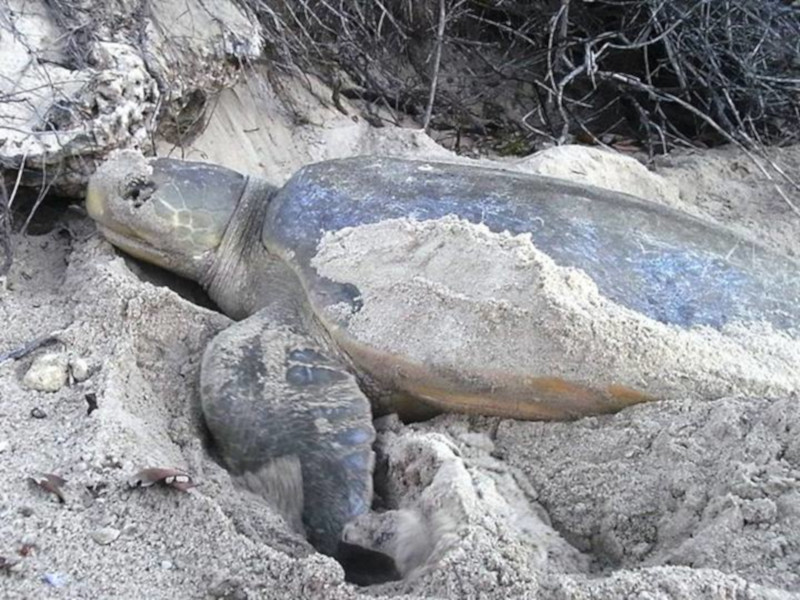
Flatback Sea Turtle Facts
- The gorgeous creature with the common name of the Flatback Sea Turtle represents one of only seven known species of marine turtle. The American herpetologist Samuel Garman became the first scientist to officially describe it, in 1880.
- In contrast to its common name, the amazing reptile also bears the tongue-twisting scientific name of Natator tessellatus. Sadly, its situation is unfortunate. The country within whose borders the beautiful reptile lives presently lists the animal as Vulnerable.
- But, in some respects, it may actually be the least threatened of all known sea turtles. This surprising statement holds true for several reasons. Firstly, it never strays far from the shore. Therefore, it does not become caught in fishing nets.
- Secondly, and thankfully, very little demand for its meat exists among humans. For the moment, though, the IUCN lacks enough data to determine its conservation status. Therefore, the organization currently lists it as Data Deficient on its Red List.
- However, the Flatback Sea Turtle does currently represent the only marine turtle with a highly restricted range. As a result, if for no other reason, the magnificent reptile may be considered to be at some risk, due to the effects of climate change.
Related Articles
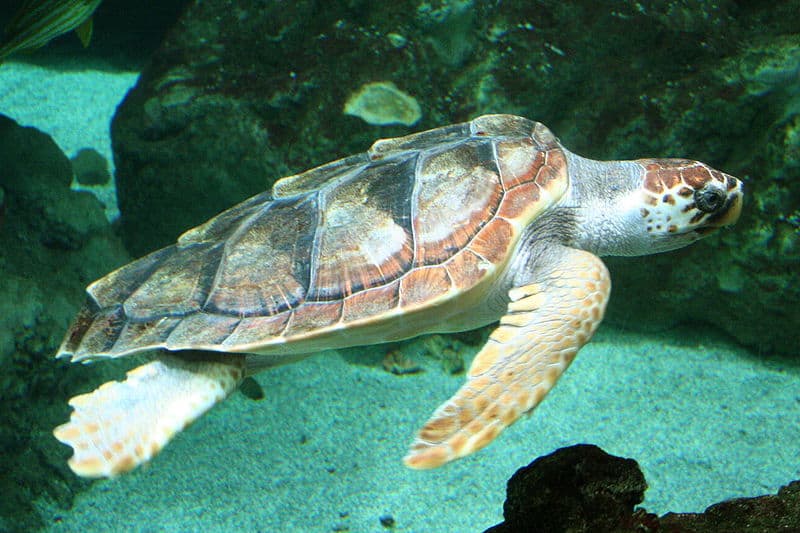
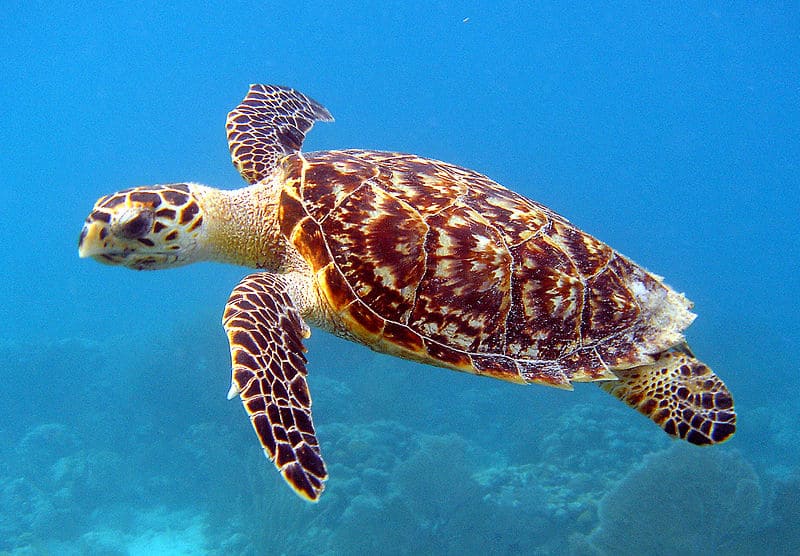
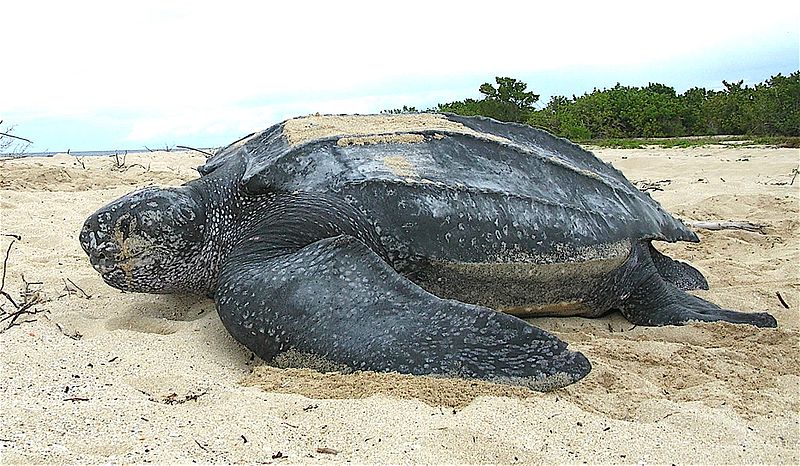
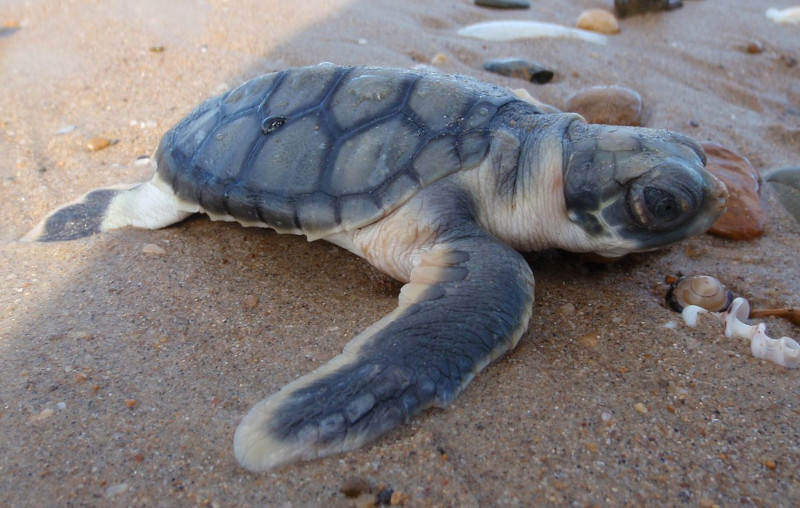
Flatback Sea Turtle Physical Description
Regardless of its beauty, the Flatback Sea Turtle ranks as moderate-sized among the seven known types of marine turtle. On average, this species constitutes the third smallest of the seven. Nevertheless, sizes frequently vary quite significantly among individuals.
The animal also displays a moderate degree of the characteristic of sexual dimorphism. In its case, this results in mature females being slightly larger than their male counterparts. In addition, the males also typically develop a slightly shorter tail than the female.
Otherwise, both genders of the truly fabulous Flatback Sea Turtle remain visually identical to the untrained observer. The average length of the carapace of the animal equals 30 – 38 in (76 – 96 cm). Adults also attain an average weight of between 155 – 200 lb (70 – 90 kg).
Its shell is what most notably distinguishes it from related species, however. The dome of the carapace has a distinctly flattened shape. This shell also has sharply upturned edges to it. This shell also presents a mottled pattern consisting of shades of gray and olive green.
- Kingdom: Animalia
- Phylum: Chordata
- Class: Reptilia
- Order: Testudines
- Family: Cheloniidae
- Genus: Natator
- Species: N. depressus
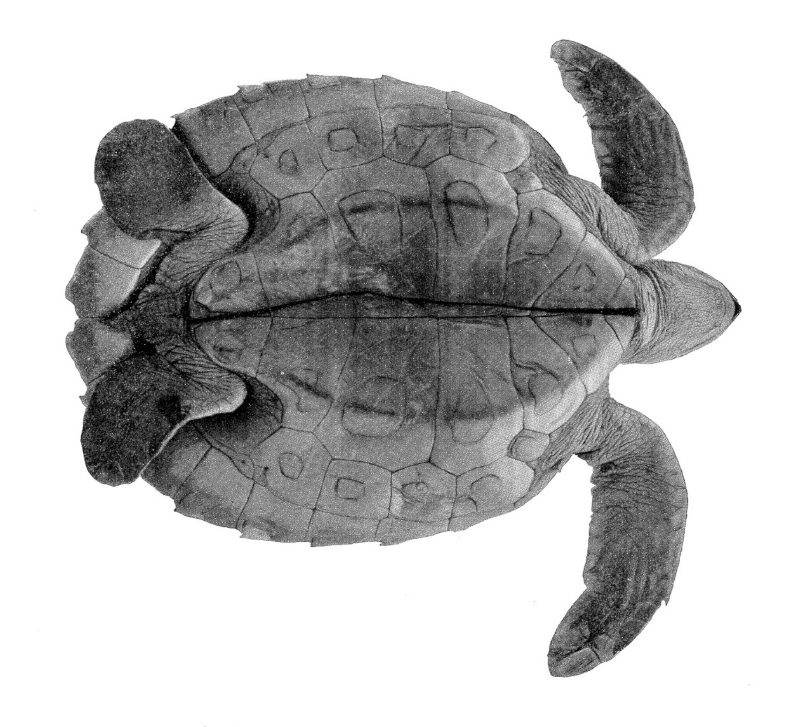
Flatback Sea Turtle Distribution, Habitat, and Ecology
The wondrous Flatback Sea Turtle inhabits only one specific portion of the world. Unfortunately, this also qualifies as a highly limited range of habitation. That’s because the fascinating creature only lives within the coastal waters of Australia and Papua New Guinea.
In addition to other problems created, this gives it the smallest habitat range of any marine turtle, by far. It also exhibits decided preferences for its specific habitat requirements. In this, it displays a trait common among its related species around the world.
It appears only in areas consisting of shallow tropical sub-tropical waters, with soft bottoms. It also lives only in shallow depths. In fact, it only dwells in waters with a depth of no more than 200 ft (60 m). This generally includes areas of lagoons, bays, and estuaries.
Research shows that the breathtaking Flatback Sea Turtle mates at sea. The females, however, come ashore to lay their eggs. These she does so in large numbers. Meanwhile, males of the species never leave the sea after reaching it, following their hatching.
Although technically omnivorous, it primarily feeds as a carnivore. The creature feeds mainly on such prey as shrimp, sea cucumbers, jellyfish, and a variety of small mollusks. Mature individuals face few predators, but those mainly consists of sharks.
Species Sharing Its Range
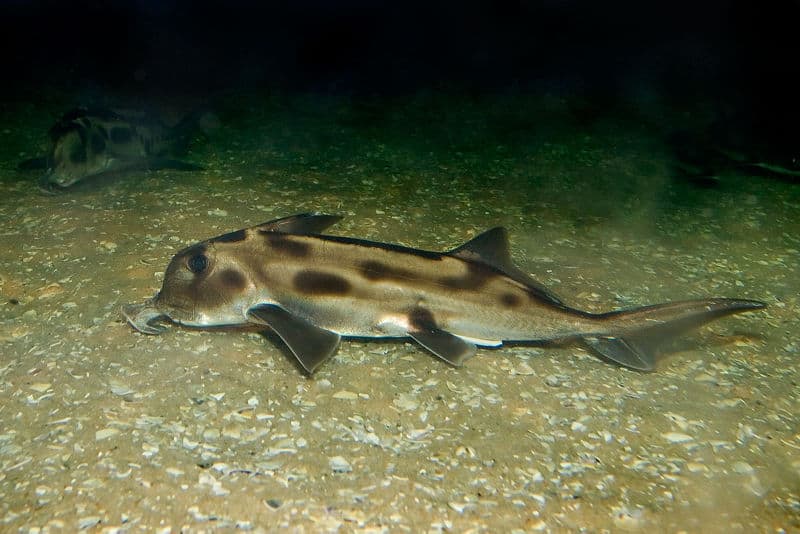
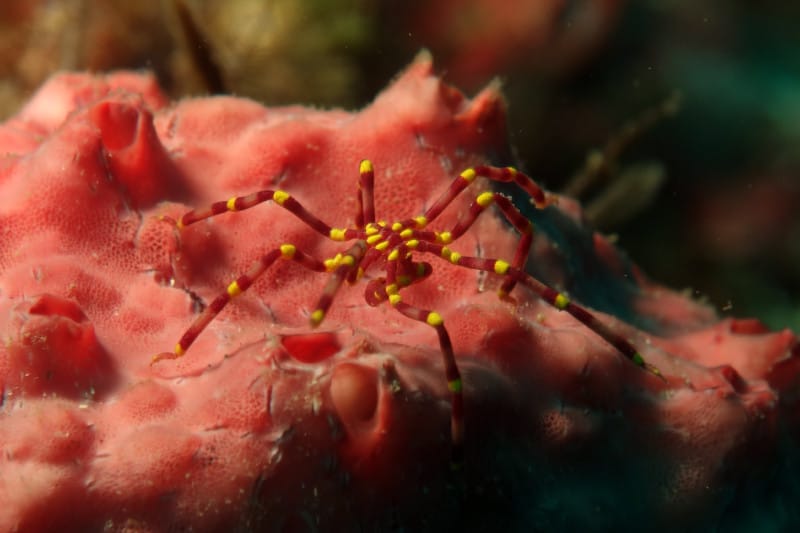
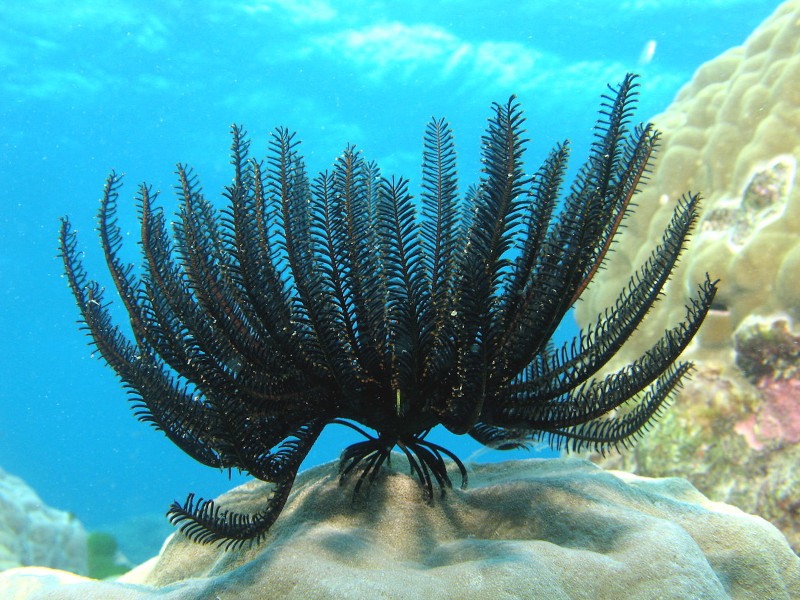
Check out our other articles on 5 Sublime North American Trees, Mandarin Duck, Seven Rila Lakes, Draco Volans, Stalk Eyed Fly, Vietnamese Mossy Frog, Happy Face Spider, Hagfish









Leave a Reply